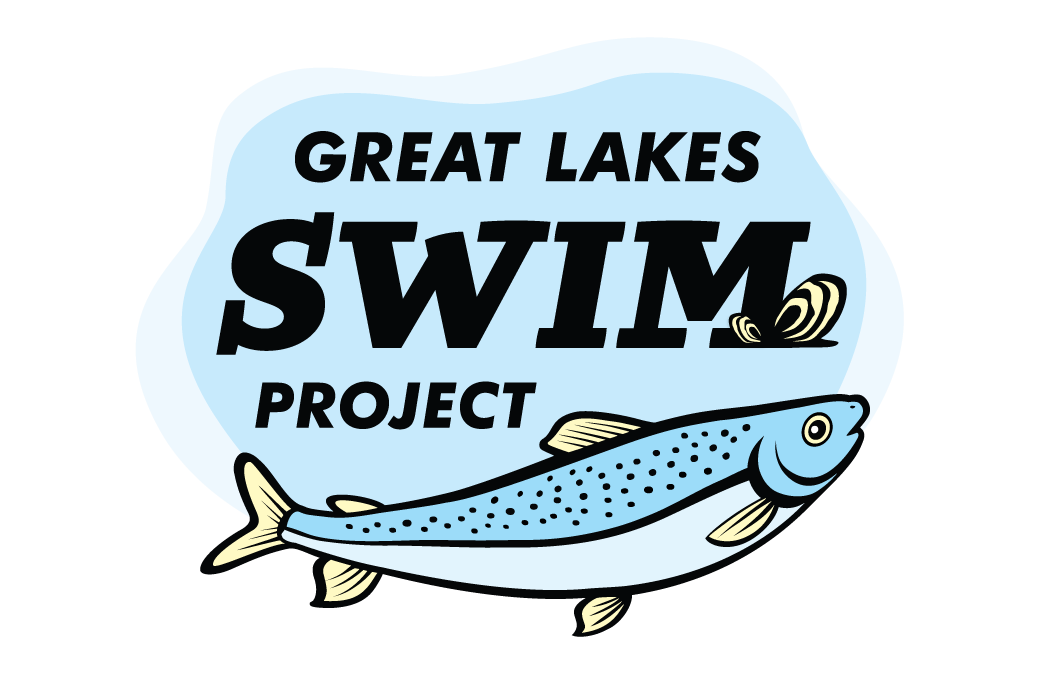Great Lakes Spawning Whitefish and Invasive Mussels (SWIM) Project
About the Great Lakes SWIM Project
Invasive zebra and quagga mussels have been altering the Great Lakes region since they were introduced in the 1980s. Among their impacts, invasive mussels clog fish spawning reefs. While options for lake-wide invasive mussel control remain limited, localized control methods show promise. Multiple federal investments have been made during this time to support invasive mussel control priorities that are consistent with the Invasive Mussel Collaborative Strategy to Advance Management of Invasive Zebra and Quagga Mussels (2018; IMC Strategy).
Although the impacts of invasive mussels on Great Lakes ecosystems are widespread, scientists and managers throughout the Great Lakes have become concerned that they are specifically underlying a decadal decline in Lake Whitefish production. Lake Whitefish (Atikameg) have supported key fisheries for Indigenous Peoples since time immemorial, and fisheries of the U.S. states and the province of Ontario for the past century. However, the harvest of Lake Whitefish has declined by more than 50% in Lakes Michigan and Huron in the past 15 years.
A multi-agency federal working group has been formed to prioritize the continued implementation and comprehensive assessment of invasive mussel control technologies that show promise for improving spawning and nursery habitats for Lake Whitefish. This working group includes agency staff from U.S. Geological Survey (USGS), NOAA-Great Lakes Environmental Research Laboratory (GLERL), National Park Service (NPS), Bureau of Indian Affairs (BIA), U.S. Fish and Wildlife Service, and USEPA-Great Lakes National Program Office (GLNPO). The Great Lakes Commission (GLC) and Great Lakes Fishery Commission (GLFC) also provide key facilitation and support to the Spawning Whitefish Invasive Mussel (SWIM) project. Through their engagement with the scientists and fishery managers from state, provincial, Tribal, and First Nation agencies, as well as the Invasive Mussel Collaborative, two priority reefs were identified as mussel control locations that would likely benefit Lake Whitefish embryo survival: the Thunder Bay reef complex in Lake Huron and Good Harbor Reef in Lake Michigan.
After receiving funding from the EPA Great Lakes Restoration Initiative, the project team has expanded to include representatives from state, academic, and Tribal entities to lead five implementation teams carrying out research on adult whitefish behavior; mussel control; whitefish embryo survival; habitat mapping; and nutrients, mussels, and algae. Together, these agencies and entities are undertaking a 5-year before-after-control-impact (BACI) experimental design with invasive mussel control occurring in year three and monitoring of environmental variables, including Lake Whitefish spawning behavior, egg deposition, and embryo survival, occurring annually each year. Learn more about the project here.
Learn more about the project here.

For More Information
Sam Tank
Program Manager
Great Lakes Commission
[email protected]
Bo Bunnell
Research Fishery Biologist
USGS Great Lakes Science Center
[email protected]
Sign up for our e-newsletter
Get the latest Great Lakes Commission news and events in your inbox!
Sign up for our e-newsletter
Get the latest Great Lakes Commission news and events in your inbox!

